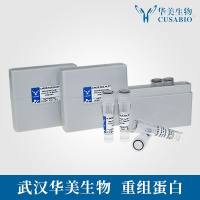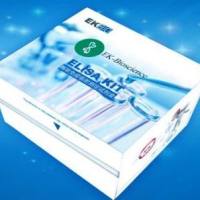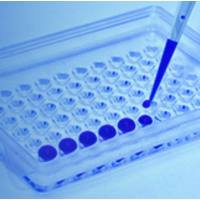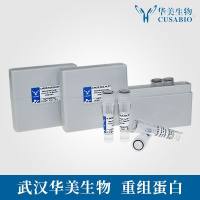Bacterial attachment to host receptors is a prerequisite for colonization of epithelial cell surfaces, in particular, continuously renewing mucosal surfaces, such as the gastrointestinal tract. Microbes express adhesion molecules for interactions with eukaryotic cell surface proteins or glycoconjugates, such as glycoproteins and glycolipids (1 ). The combination of high receptor specificity (2 ) and restricted receptor distribution will target bacteria to specific tissues, i.e., cell populations. This is referred to as tissue tropism and partly determines the niche a bacterium is able to occupy. In addition, competition between bacterial species for space and nutrients selects for bacteria able to colonize specific niches. Bacteria unable to adhere to the epithelial cells and mucus lining will be exposed to the local nonspecific host defense mechanisms (such as peristalsis and turnover of the epithelial cell populations and the mucus layer) and eventually removed. The biological relevance of adherence as an initial step in the infectious process has focused interest to the structures involved in these processes. Bacterial adhesins and host receptors are both potential targets for novel antimicrobial drug design (3 ). Antimicrobial agents could be chemically coupled to soluble high-affinity receptor analogs and kill pathogens, such as H. pylori , once they are targeted by the complex. Soluble receptor analogs would competitively interfere with bacterial attachment, utilizing the same mechanism as naturally occurring scavenger molecules in human secretions, such as milk and saliva. Receptor analogs could be developed for high-affinity interactions and would thereby be efficient inhibitors at low concentrations. Both drug targeting and competitive adhesion inhibition receptor analogs could exhibit a higher specificity for the pathogenic microbes, circumventing the negative effects of broad spectrum antibiotics.






